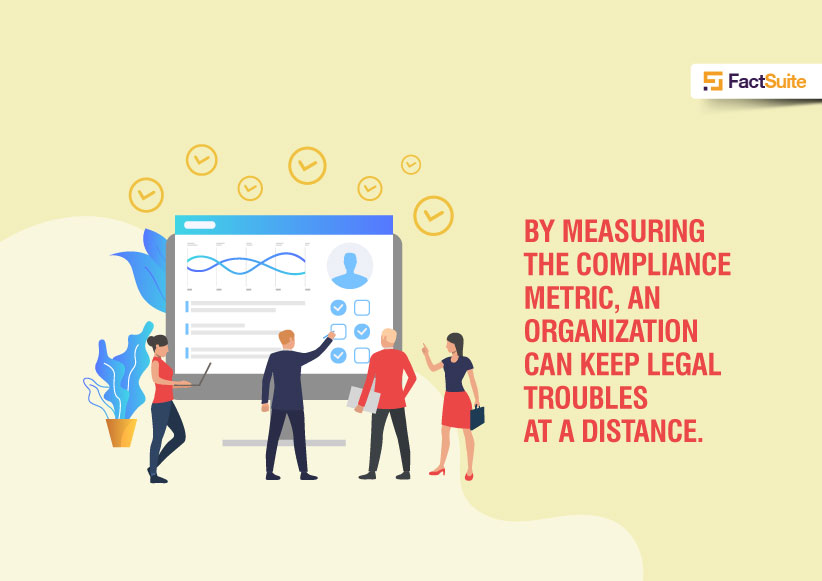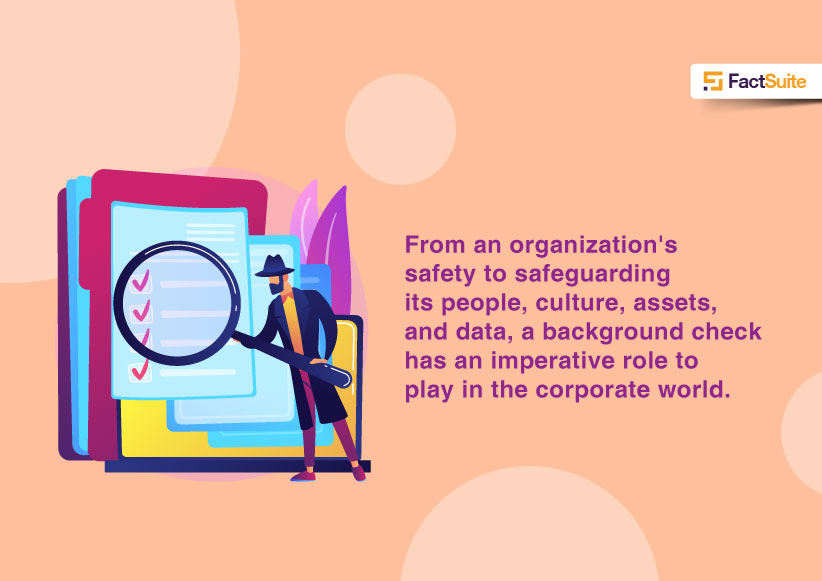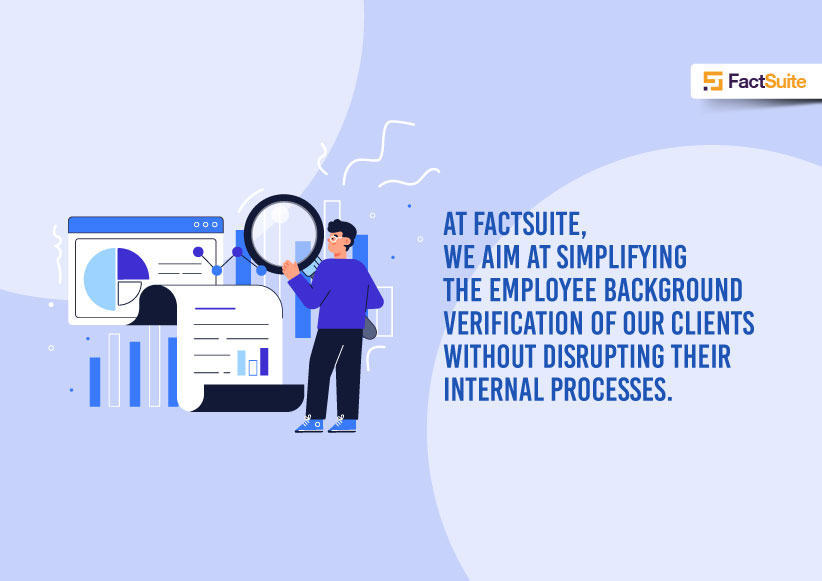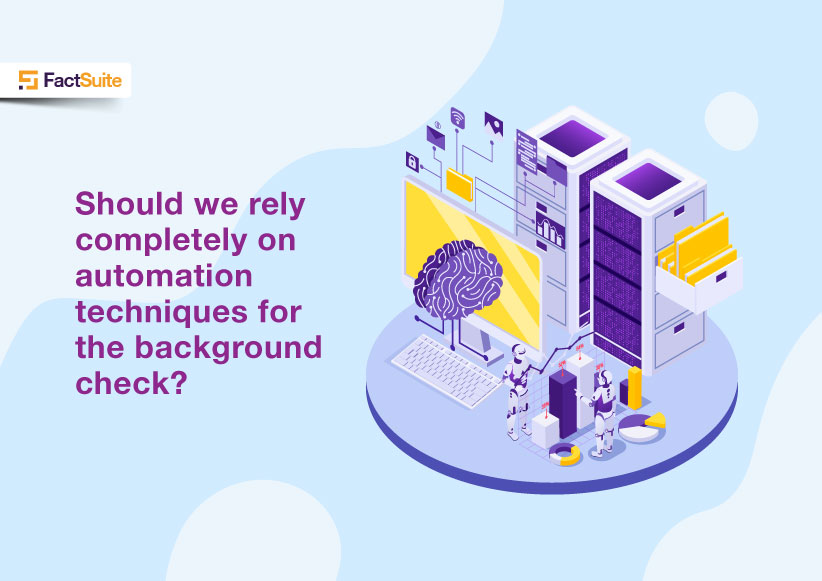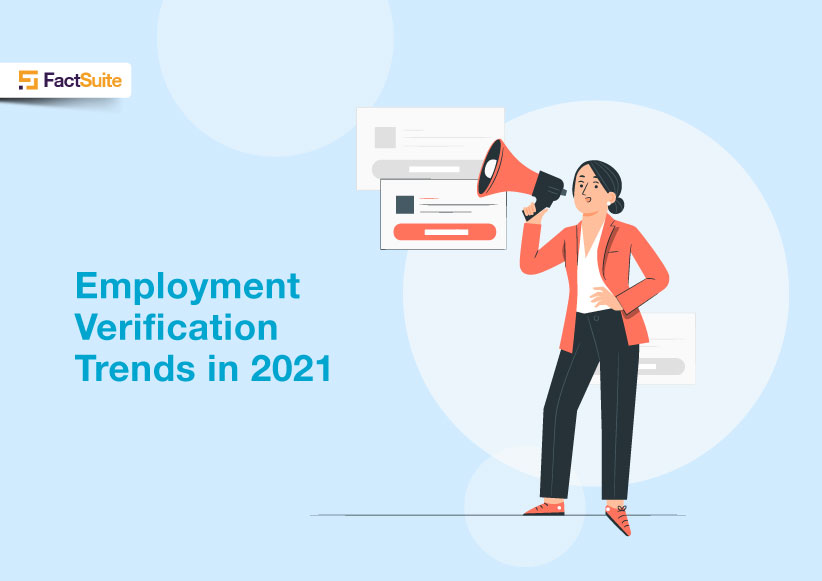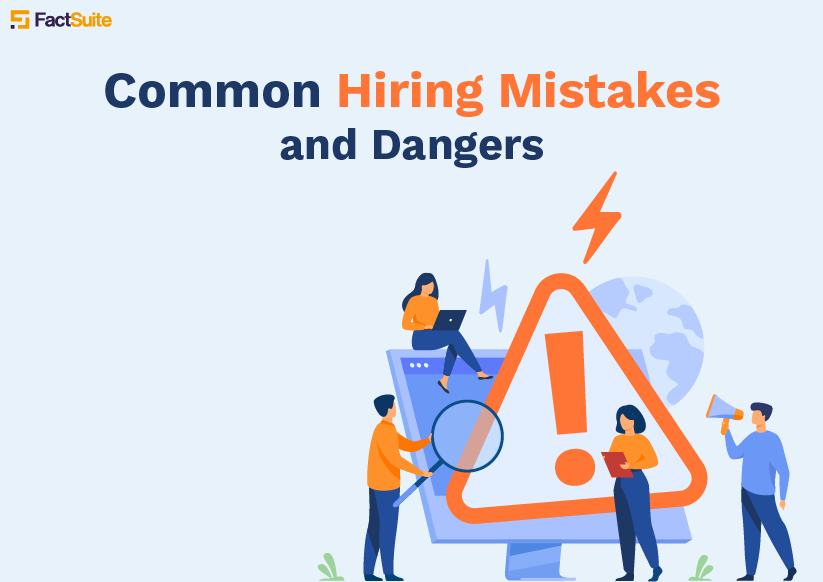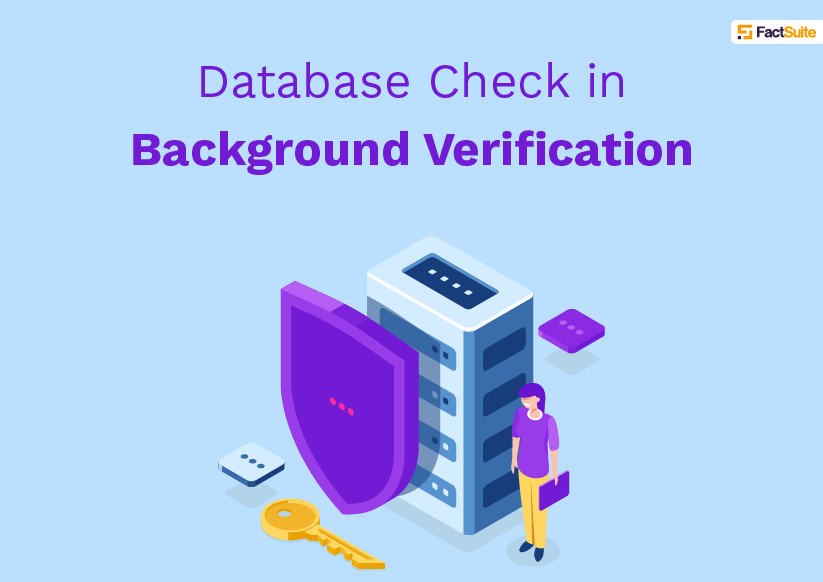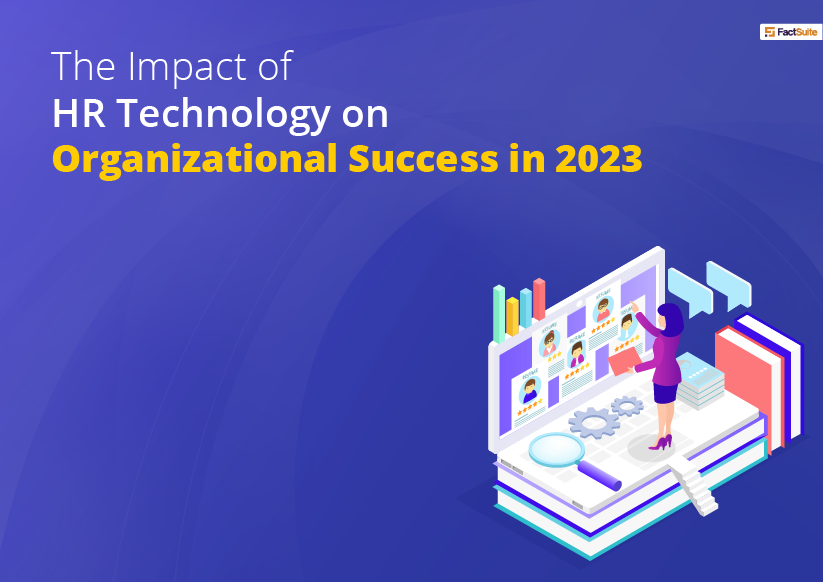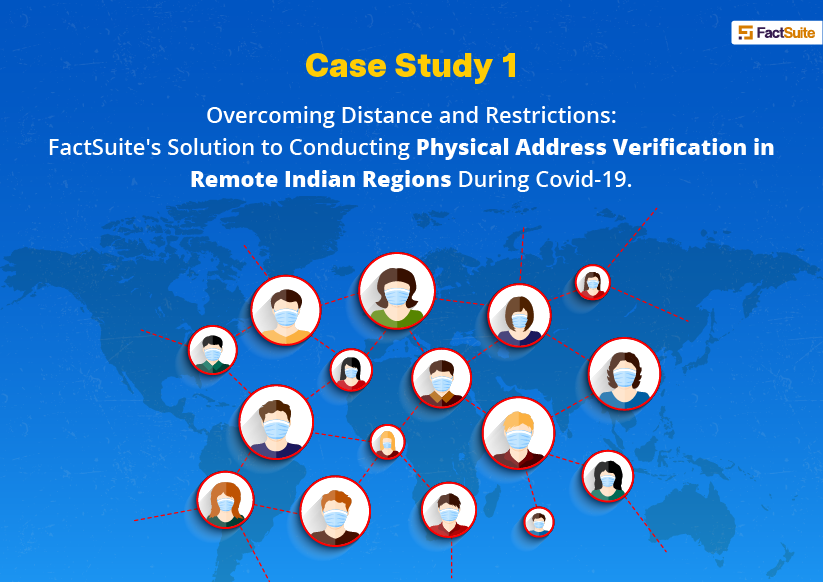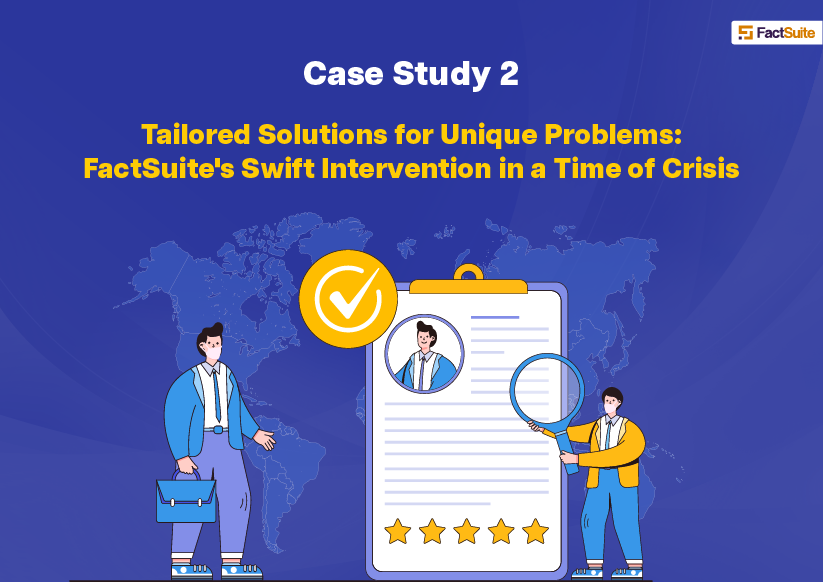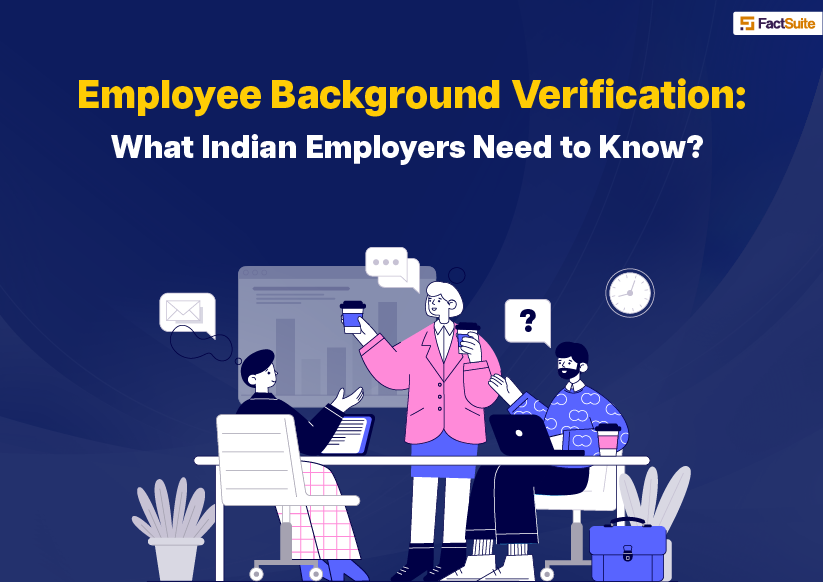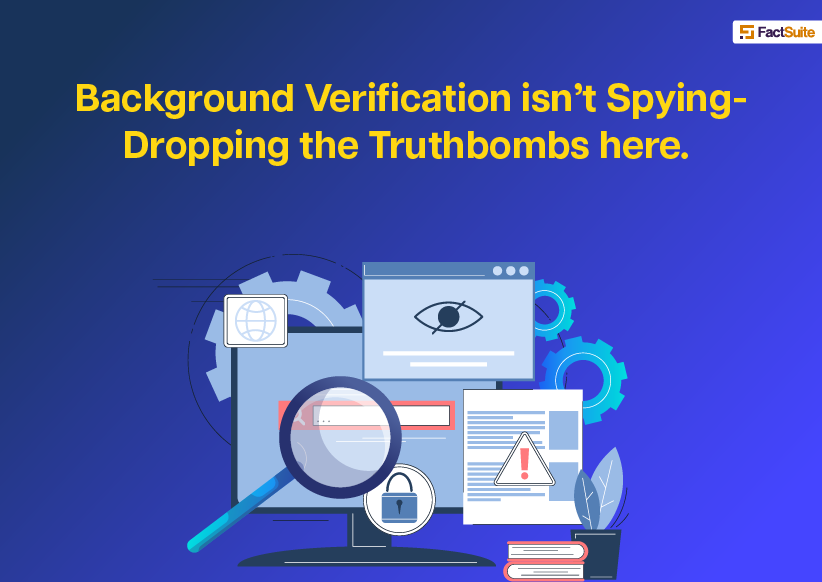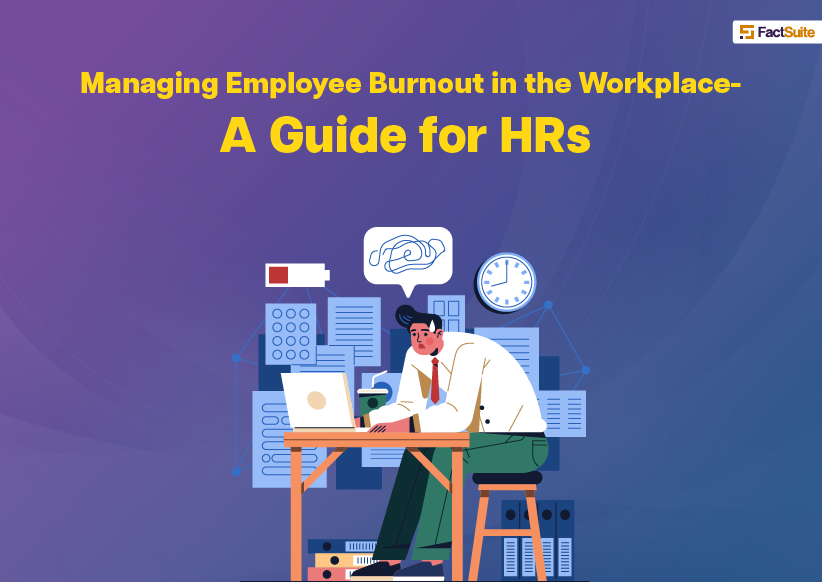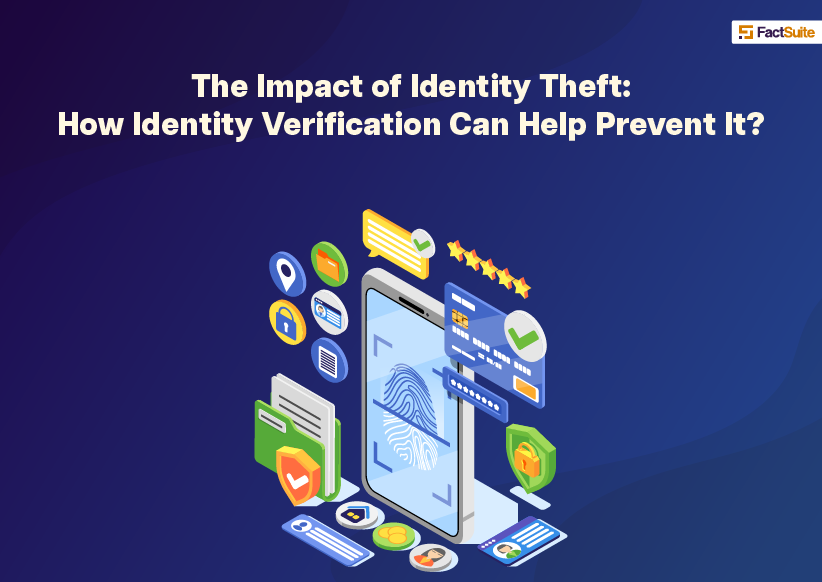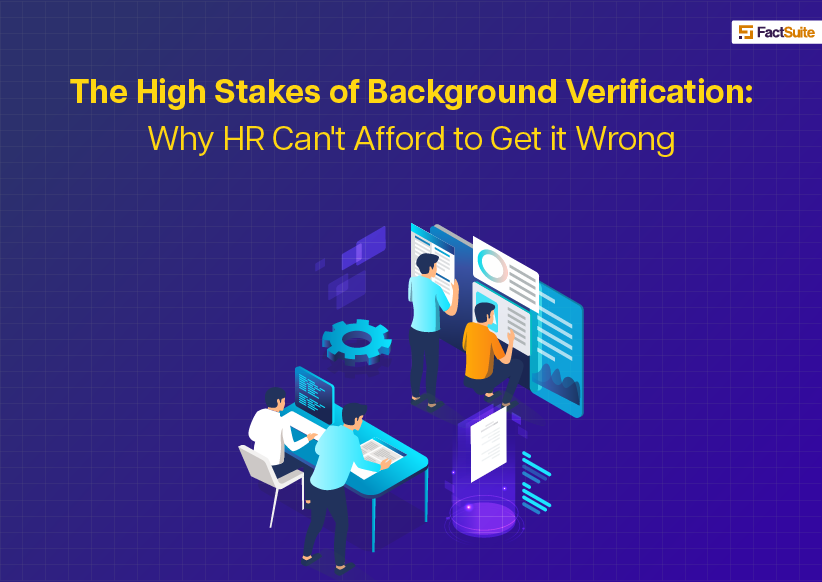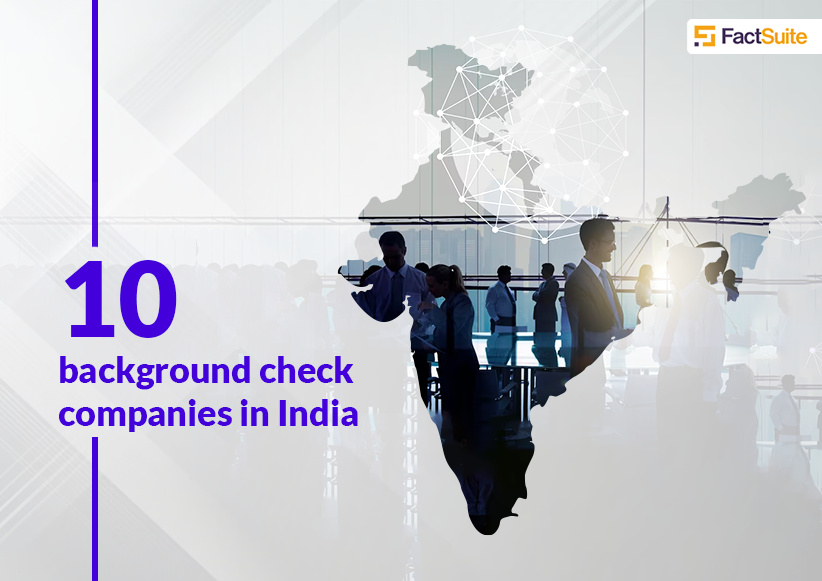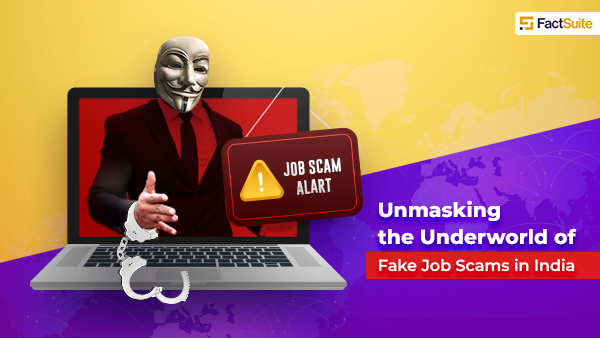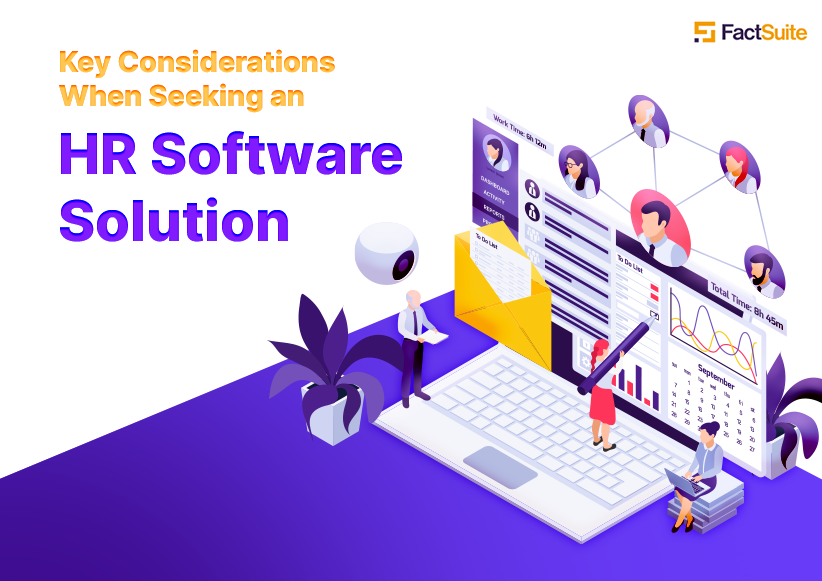Securing India's Digital Frontlines: Tackling the Escalation of Ransomware Attacks
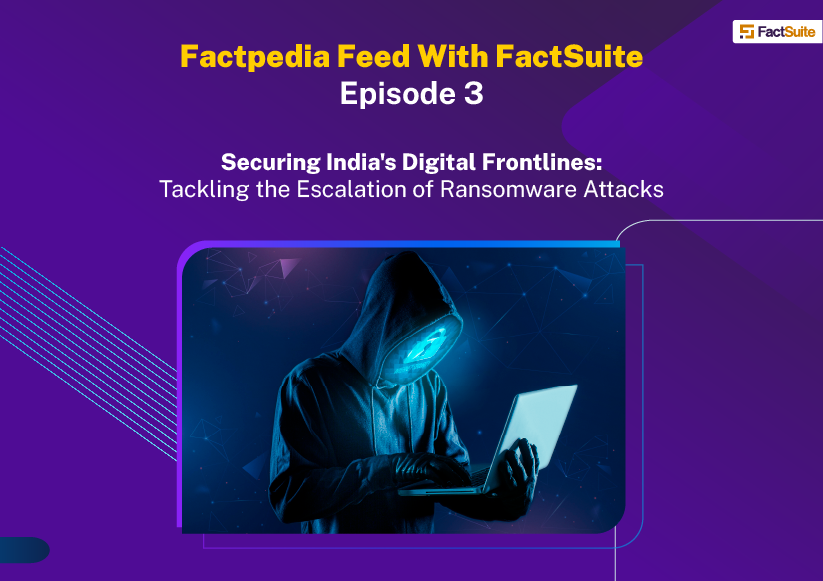
Ransomware attacks have witnessed a dramatic surge in India, posing formidable challenges to organizations across various sectors. With an alarming rise in cyber threats and the increased adoption of remote and hybrid work models, India has become an attractive target for ransomware attackers seeking financial gain. In this publication, we delve into the escalating frequency of ransomware attacks in India, their profound impact on organizations, the criticality of robust cybersecurity measures, and potential solutions to mitigate this growing menace.
The Escalation of Ransomware Attacks
India has experienced a steep surge in ransomware attacks, as indicated by a recent report revealing that 73% of surveyed organizations fell victim to such attacks, marking a significant rise from the previous year's 57%. The "State of Ransomware 2023" report by leading cybersecurity company Sophos underlines the severity of the situation, with adversaries successfully encrypting data in 77% of the attacks and 44% of organizations succumbing to paying the ransom to retrieve their valuable data.
Data Encryption and Exfiltration
The Double Threat: The report also highlights a disconcerting trend known as the "double dip" method, wherein attackers not only encrypt the victim's data but also exfiltrate it. Around 30% of the organizations that experienced data encryption also suffered data theft, underscoring the increasing adoption of sophisticated tactics by cybercriminals. This combination of encryption and exfiltration maximizes their financial gains and further amplifies the impact on affected organizations.
Impact on Indian Organizations
India has borne a significant brunt of ransomware attacks, surpassing other countries in terms of both frequency and financial losses. According to a study conducted by Check Point Research, there was a staggering 102% increase in ransomware attacks worldwide in 2021 compared to the previous year, with India emerging as the most affected country. Indian companies have been subjected to extortion demands, with 27% succumbing to fees ranging from $500,000 to $1 million. The report further reveals that Indian organizations paid an average ransom amount of $2.92 million, while a distressing 26% even acquiesced to ransom demands ranging from $5 million to $10 million.
Vulnerabilities Amplified by COVID-19
The COVID-19 pandemic and the subsequent paradigm shift towards remote and hybrid work models have significantly exacerbated the vulnerabilities faced by Indian organizations. With the rapid adoption of digital technologies, the attack surface for hackers has expanded exponentially.
Security experts opine that cybercriminals are capitalizing on the reliance on legacy security solutions and the limited access to threat intelligence prevalent in Indian organizations. Investing in robust threat intelligence and threat-hunting services becomes imperative to effectively mitigate risks and proactively combat potential ransomware attacks.
Noteworthy Ransomware Attacks in India:
- Air India Cyber Attack: A significant ransomware attack targeted Air India, the national airline, resulting in a profound impact on the organization and its customers. In February 2021, unauthorized access to Air India's data servers compromised the personal details of approximately 4.5 million customers worldwide, including passport and ticket information. While credit card security details such as CVV or CVC numbers were not stored on the targeted server, the breach raised serious concerns regarding data privacy and the potential misuse of compromised information. Air India promptly informed its customers about the breach and advised them to change their account passwords on the airline's website.
- AIIMS Delhi Cyber Attack: Another noteworthy incident occurred at the prestigious All India Institute of Medical Science (AIIMS) in Delhi, where the hospital fell victim to a devastating cyber-attack. Detected in November 2022, the breach incapacitated AIIMS' servers, leading to a disruption inpatient management system. AIIMS, known for handling a staggering number of cases each year, was severely impacted as the digital infrastructure that supported 15 lakh outpatient and 80,000 inpatient cases annually was compromised. The compromised data included sensitive personal information such as patients' names, ages, addresses, phone numbers, and medical histories. This breach raised concerns about the potential misuse of the stolen data, as hackers could exploit it for illicit activities or sell it on the Dark Web. Although the involvement of ransomware was not confirmed by AIIMS or the Delhi Police, reports indicated that the attackers demanded a hefty ransom of Rs. 200 crores in cryptocurrency.
Combating Ransomware Attacks: A Multi-Faceted Approach
Digital Personal Data Protection Bill, 2022, and the CERT-In rules
As the frequency and severity of ransomware attacks continue to rise in India, organizations are recognizing the urgent need to strengthen their cybersecurity defenses. In response to this growing threat landscape, the Indian government is in the process of developing legislation on cybersecurity, including the Digital Personal Data Protection Bill, 2022, and the CERT-In rules. These initiatives aim to enhance data security and establish mechanisms for redressal and grievance resolution. However, experts have raised concerns regarding the practicality of stringent reporting requirements, emphasizing the importance of adopting a multi-faceted approach to combat ransomware attacks effectively.
To tackle the evolving ransomware threat landscape, organizations are implementing several strategies. One crucial aspect is strengthening reporting mechanisms. While the CERT-In rules mandate reporting of cybersecurity incidents within a six-hour timeframe, some experts argue for a more realistic and manageable reporting window. They suggest aligning reporting requirements with global standards, such as a 72-hour timeframe, to strike a balance between timely incident disclosure and operational feasibility. This would enable organizations to ensure accurate reporting and facilitate efficient incident response.
Additionally, experts propose the introduction of cybersecurity insurance as a means to address the financial repercussions of ransomware attacks. Cybersecurity insurance, akin to a mandatory motor vehicle or travel insurance, would provide coverage for key risks associated with data breaches and cyber incidents. By making cybersecurity insurance a requirement for certain entities, impacted organizations would be better positioned to compensate individuals whose personal data has been compromised. This step not only aids affected parties but also incentivizes organizations to prioritize robust cybersecurity measures.
To combat ransomware attacks effectively, organizations must develop comprehensive strategies that encompass multiple layers of security. This includes-
-
Implement robust access control mechanisms to restrict unauthorized access to sensitive data and systems.
-
Regularly backup critical data and ensure that backups are stored securely offline or in a separate network to mitigate the impact of data loss in case of an attack.
-
Conduct periodic vulnerability assessments and penetration testing to identify and address any weaknesses in the organization's security infrastructure.
-
Keep software and applications up to date with the latest patches and security updates to prevent exploitation of known vulnerabilities.
-
Establish incident response plans and procedures to ensure a swift and coordinated response in the event of a ransomware attack.
-
Engage with reputable cybersecurity firms or consultants to conduct comprehensive security audits and provide recommendations for improving overall security posture.
-
Encourage a culture of reporting and transparency, where employees are encouraged to promptly report any suspicious activities or potential security breaches.
-
Regularly review and enforce strong password policies, including the use of complex passwords, multi-factor authentication, and regular password changes.
In today's rapidly evolving threat landscape, organizations must remain proactive, adaptable, and committed to staying ahead of cybercriminals. By implementing a multi-faceted approach to ransomware protection, organizations can mitigate risks, bolster their cybersecurity defences, and maintain a secure digital environment for all stakeholders.

